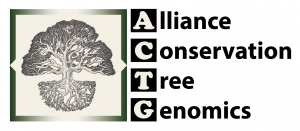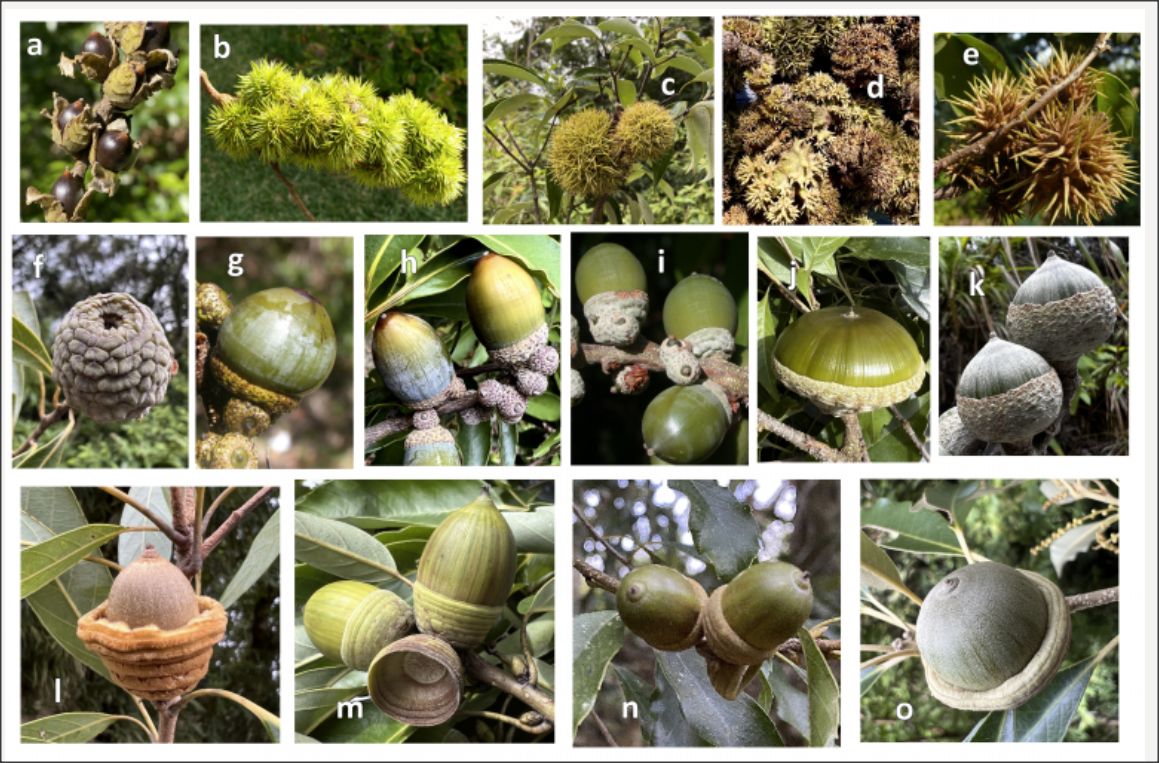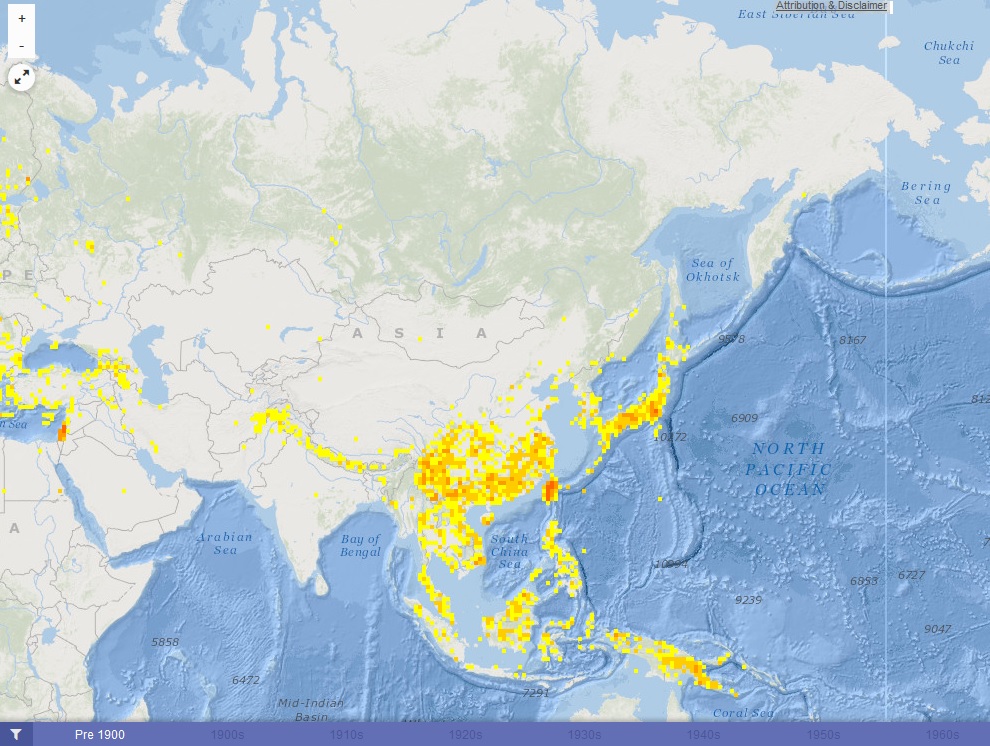Welcome to AsianFagaceae.com:
The complete online webresource for information on the evolutionary history, diversity, identification and conservation of over 700 Species of Asian trees!
On this website you will find information on all species of Fagaceae found in Asia, arranged according to genus, geographic region and research topics. The site also provides (links to) data on genomic information, regional species checklists, literature, ongoing fieldwork and botanical collections, as well as floristic works in progress and news updates on current projects. This site is under continuous development. In addition to over 700 species pages on Asian taxa, a further 400+ pages are available treating all the non-Asian species in Fagaceae, covering Fagaceae occurring in the Americas, Europe and the Mediterranean region. Finally, a list of common Quercus hybrids will be made available as well. Check back regularly for project news, new images/data and page updates!
How to Cite the site:
This website is created to support ongoing research work on Asian Fagaceae, and to serve as a center for resource and information dissemination on this globally important plant family. As such it is an important reference of past work, and an actively updated repository of ongoing work aiming to promote our understanding and conservation of these species. Your citation of this webste will help to ensure its continued availability and improvement. Please use the following citation in your work:
Strijk, J.S. (insert current year). ‘asianfagaceae.com – The complete database for information on the evolutionary history, diversity, identification and conservation of over 700 Species of Asian trees. Published on the internet; https://www.asianfagaceae.com/ Retrieved on (insert current date).’
For more information please consult the Contact page, or visit any of the links below. Thank you!
More information on my work can be found here (click on the logo to go the site):
Follow @ACTGenomics on Twitter, or visit the website of the Alliance for Conservation Tree Genomics (ACTG) for an overview of ongoing research projects, new publications and the latest workshops www.actg.science

Some components of the data on this webportal are/were supported with financial or technical support from (click on the logo to go the site):
News October 2023!
A spectacular new Stone Oak is described from Sumatra – Lithocarpus tapanuliensis Harapan, W.H.Tan, Nurainas & Strijk. Our latest publication showcases the new species’ features and highlights the unique cupule morphology, particularly the shape, placement and distinctness of the cupule protuberances. We also provide details on the ecological interactions (e.g. consumption and nesting) with threatened Tapanuli orangutans, providing further strength to the observation that Asian Fagaceae are an important food resource for many large faunal elements spread throughout temperate and (sub)tropical Asia, under regular conditions, but especially as supplements in periods of food scarcity.
You can read the whole article on PhytoKeys CLICK HERE or visit the new species page for Lithocarpus tapanuliensis by CLICKING HERE.
Breaking news June 2023!
Conservation Gap Analyses of Asia’s Oak species
Over the next 3 years, The Morton Arboretum, in partnership with the Alliance for Conservation Tree Genomics, and Botanic Gardens Conservation International, will be conducting conservation gap analyses on the native oaks of Asia. This has previously been done for oaks native to the use (2016-2019, report here https://mortonarb.org/science/projects/conservation-gap-analysis-of-native-u-s-oaks/). For more information on the project, please visit the project page on the ACTG website CLICK HERE
News March 2023!
Late 2022, Dr Joeri Strijk was invited to attend the International Conservation Symposium 2023 organized by the Ecological Society of Taiwan and the National Forestry Department. The meeting, entitled ‘The Ecological Value and Plant Diversity of Southeastern Taiwan”, was organized in March 2023 in Taipei and featured Taiwanese and International experts from the International Oak Society, Global Conservation Consortium for Oak, and Botanic Gardens Conservation International. The meeting, stretching out over 11 days, involved joint vegetation surveys of highly diverse forest sites and discussions on species persistence, the critical threats facing plant diversity, and the obstacles to conservation efforts in southeastern Taiwan. The visit was closed with a full-day symposium and press conference in Taipei. You can read the whole article and trip report on the website of the International Oak Society (IOS) CLICK HERE. Species pages for all taxa found on Taiwan can be viewed by CLICKING HERE.

Fagaceae of Taiwan (Photo by Ai_Kuang Tung).
News January 2023!
A new species from the Fagaceae family, Castanopsis corallocarpus Tan & Strijk, is described from Royal Belum State Park in Peninsular Malaysia. In our latest publication, we provide technical illustrations, colour images and a description of its conservation status and the collecting locality, in addition to a comparative analysis with other species in the region. The solitary nut of C. corallocarpus has a morphologically unique cupule, lined with rows of thick coral-like spines not seen in other Castanopsis species. You can read the whole article on PhytoKeys CLICK HERE or visit the new species page for Castanopsis corallocarpus by CLICKING HERE.
September 2021!
State of the World’s Trees Report
Through the Global Tree Assessment, intensive research has been undertaken over the past five years to compile extinction risk information on the 58,497 tree species worldwide. We now know that 30% of tree species are threatened with extinction, and at least 142 tree species are recorded as extinct. The main threats to tree species are forest clearance and other forms of habitat loss, direct exploitation for timber and other products and the spread of invasive pests and diseases. Climate change is also having a clearly measurable impact.The detailed tree species information used to compile this report is now available on the GlobalTree Portal, a new major tool to support forestry, biodiversity conservation and climate change policy and action for tree species. The Global Tree Assessment has been made possible over the past five years by a global network of over 60 institutional partners and over 500 experts. Find the full list of contributors in the report.
Researchers estimate 30% of tree species are threatened with extinction, and at least 142 tree species are recorded as extinct.
State of the World’s Trees Report available here
With the Red List of Oaks 2020 now released and providing unprecedented details on the distribution of oak trees, population trends, and the dangers that they face, all IUCN assessments have now been linked to the Quercus species on this website. All online assessments on the IUCN Red List can be found and accessed through the species pages by clicking on the assessment icon at the top of each page. Among the 430 oak species found worldwide, 32 species are threatened in Mexico, 36 in China, 20 in Vietnam, and 16 species in the United States. The proportion of endangered oak trees is higher than the global threat levels for mammals or birds. Read more on the Red List of Oaks 2020 and what it will mean for our efforts to protect endangered species.
Researchers estimate nearly one-third of oaks are threatened with extinction.
Red List of Oaks 2020 available here
How to navigate this site?
There are several ways in which to locate and find species, genera and geographic communities of Fagaceae on this site. You can go directly to the genus of your choice by using the “Genera”-submenu on the right-hand side of each page. Alternatively, if you are interested in the Fagaceae of a particular geographic region in Asia (or elsewhere), you can select one of the menu options in the main header. Finally, if you are searching for a particular species, name, or species attribute/keyword, please use the search function at the top right of each page, or search the content of any individual species tables by using the blue magnifying glass!










